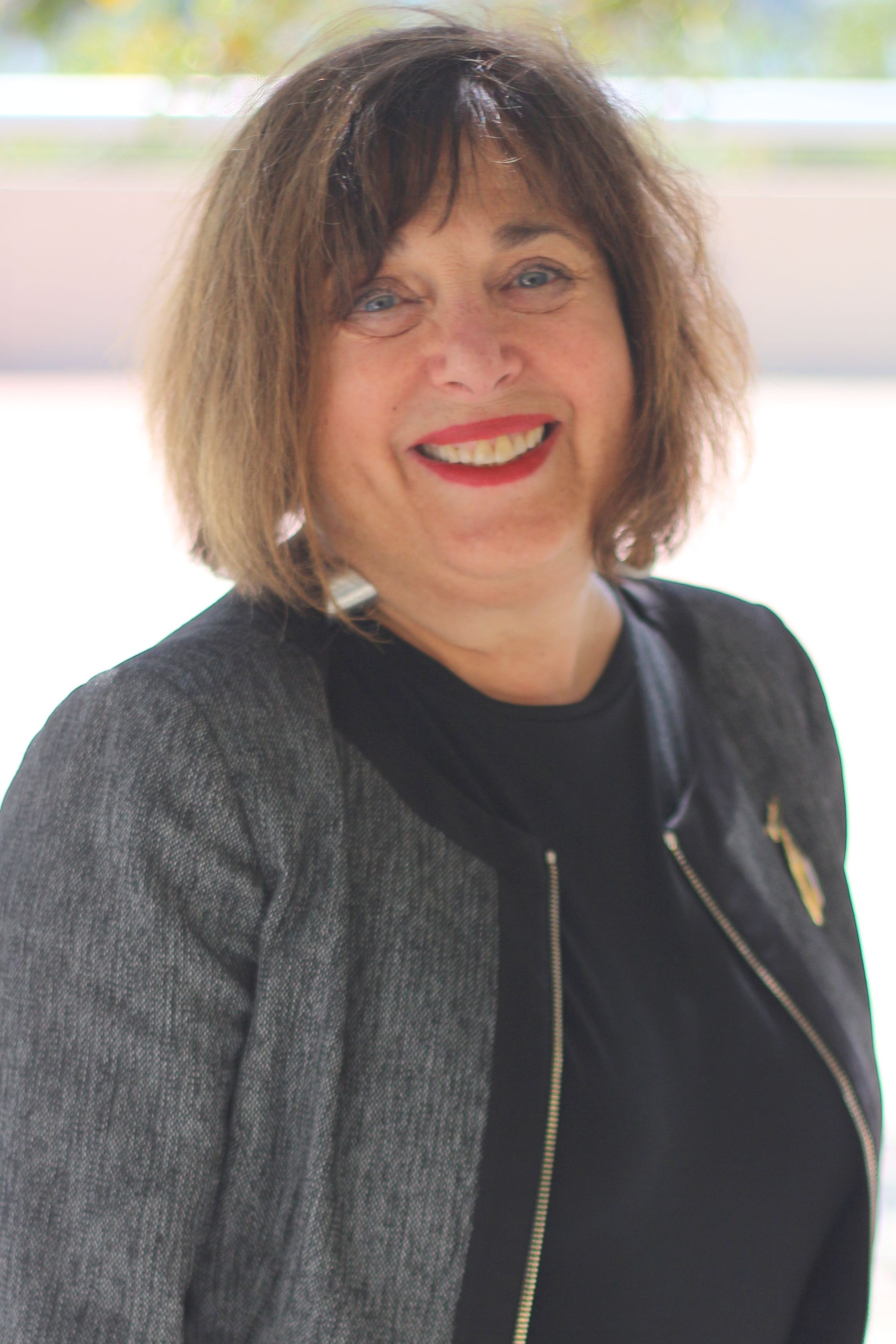Publication
Article
Psychiatric Times
Naked Before Trauma
Author(s):
The very immediacy of the recent terrorist attacks makes the diagnosis of posttraumatic stress disorder problematic since there is no distance of time or space from the event itself. How can clinicians deal with this shift to best treat patients?
In the wake of the recent horrors, many of us in the mental health care community turn reflexively to the diagnosis of posttraumatic stress disorder (PTSD) in trying to understand how these historic crimes affect our bodies and minds. A majority of Americans were exposed to the trauma by witnessing the mass murder on their televisions again and again. A large proportion of those people experienced firsthand the symptoms of re-experiencing, hyperarousal and avoidance.
However, most Americans will never develop PTSD because their symptoms will fade with time. Enough strength will be drawn from families and friends, work, service, art, sports, nation, or spirituality. It is the people most directly affected -- the bereaved, the physically injured, the escapees and the eyewitnesses from nearby -- who should be considered at greatest risk. We are right to be concerned that these people will develop PTSD, as well as other trauma-related disorders such as depression and anxiety.
What we trauma mental health care professionals should also be concerned with is that the diagnosis of PTSD which we are using has been rendered highly problematic by the very events it now attempts to address. That is because the diagnosis of PTSD is itself a cultural product of an era in American history that has passed. Posttraumatic stress disorder best fits a situation in which a person has been exposed to a traumatic event and bears the marks of that experience, but has then been removed from the actual event.
The term PTSD is most appropriately used for traumas acquired "over there." Young Americans got it after they went to Vietnam. Torture survivors and refugees got it in their troubled countries. Part of why we say post is precisely because we make the assumption that victims are now in a safe place.
We have applied the same approach to people exposed to traumas at home. Sometimes "there" was a point in time. Adults who suffered abuse or incest as children got it. Victims of sexual assault or a disaster that we comfortably assume will not occur ever again got it.
What changed on Sept. 11 is that for all Americans, suddenly "there" was now "here." Our old assumption that we are safe "here" does not fit, now that we are "there." Posttraumatic stress disorder was a designer diagnosis for the old "here." Will it work in the newly endangered world that we inhabit now?
Some of us who have worked in dangerous places always knew that PTSD was a preciously American disorder. We thought of it as a product of our culture of individual autonomy or our history of war in Vietnam. What we failed to realize until Sept. 11 was that it was also the product of an era of innocence in American history that let us all indulge in the shared fantasy that "here" was safe. Of course, PTSD never really fit the ghetto experience either, but for many Americans, that was also "over there."
Psychiatrists in Bosnia-Herzegovina and Kosovo have told us again and again that PTSD just does not make sense in their world. "War is a part of life," they told us. "There is no posttrauma." Even so, professional experts persisted in teaching them that the concept of PTSD was real and would help victims. What's more, the clinical perspective of PTSD led international helpers to focus their efforts too much upon individuals, and not enough upon families, communities, services and public health.
The idea that PTSD might not fit the reality "over there" did not seem to matter much in America. Our behaviors in Bosnia-Herzegovina and Kosovo never came under serious scrutiny, and we never had a public mental health care emergency of this magnitude at home. Now that "there" is "here," many American professionals find themselves needing to learn from our colleagues who do mental health care work in conditions of persistent dangers, insecurities and uncertainties.
As trauma mental health care professionals, we are now naked. We have been stripped of the very social context that bred our diagnosis, as well as the colonial garb that we used to sell PTSD abroad. We must respond appropriately to the horrors that have been witnessed and experienced, but we cannot let our quickness to invoke PTSD prevent us from realizing what has been changed forever.
It is understandable that in a desperate moment, we as professionals would turn first to what we know best and start educating others about diagnosing and treating individuals with PTSD. But it is time to get real. Americans will expect us to do a lot more than talk about and treat PTSD in this new public mental health care crisis that is not about to end.
Trauma mental health care can be helpful, but it will not work through selling PTSD, as we did abroad. The trauma field should first be oriented to the actual conditions of the new reality, through directly engaging with survivors, families, communities, businesses and government. We must be willing to change our way of thinking to face the public mental health care challenges in a new era of vulnerability for Americans. Whether we are able to help people and help America depends upon how much and how quickly we are willing to learn.






